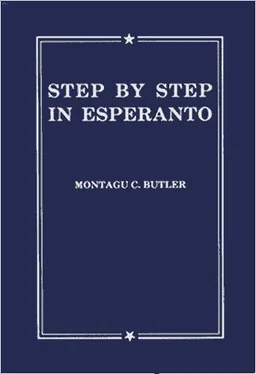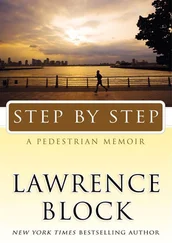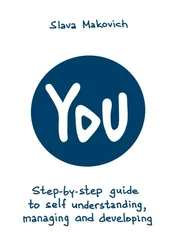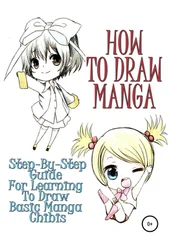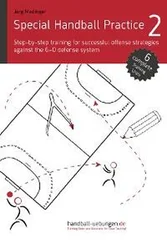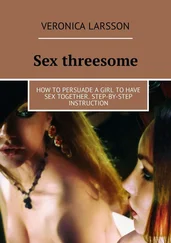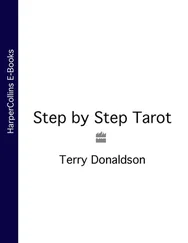47. (a) Make phrases with de( e.g., sonoj de entuziasmo. La historio de Skotlando). Petaloj… rozo. Adreso… letero. Flamo… lampo. Kosto… telegramo.
(b) Proverboj. Vero estas la filo de tempo. Amiko de amiko estas ankaŭ amiko. Kie estas harmonio, estas beno( blessing ) de Dio.
(c) Kio estas la nomo detio ( pointing )? la fraŭlino tie? la domo de birdo?
(d) A time of silence. The eye of an eagle. The roof of the house. The rose is the flower of love. The cork is there, in the neck of the bottle. Where is the conductor of the tram? The cream of the milk is in the glass on the table. In the book are pictures of the history of the world.
48. (a) In English, we often use an apostrophe (’s) for the meaning of the . In Esperanto we use de la,and no apostrophe. La portreto de la knabino, the girl’s portrait. La odoro de la violo, the violet’s smell.
(b) Paul’s opinion. Peter’s wife. Ernest’s letters. Pauline’s poems. The father’s secret. What is the man’s name? The wife’s family is in America. The young lady’s hand is on Rose’s head. Faith and hope are in the child’s eyes (okuloj); love is in the mother’s heart.
49. (a) So also in the plural. Compare: la nesto de la birdo, the bird’s nest; la nesto de la birdoj, the birds’ nest (Note that in English the difference is seen, but not heard!).
(b) The boy’s book, the boys’ book. The flower’s (flowers’) beauty. The doll’s (dolls’) eyes.
50. (a) When of=named, we do not use the word de.Thus: la monato Aŭgusto, the month of (=named) August . La insulo Wight, the isle (of) Wight . Compare: La rivero Nilo, the river Nile. La lingvo Esperanto, the language Esperanto. Two nouns placed together like this are said to be “in apposition”.
51. Ekzameno.What is the name of the letter ŭ? What is a prefix (suffix, affix, diphthong)? Translate: There is a book (over) there. The city of Bristol. Two pairs-of-scissors. A father’s love. Truth and beauty. The eyes are the mirror ( spegulo) of the heart.
52. Ili, they. Ni, we (cp. French nous ). Li kaj ŝi estas ili. Vi kaj mi estas ni. Mi estas la instruisto( teacher ) de la klaso.Vi estas lernantoj( pupils ). La piroj estas por ni( us ), la pomoj estas por ili ( them ) (29).
Ambaŭ, both (= la du). Li estas knabo, kaj mi ankaŭ estas knabo: ni ambaŭ estas knaboj. Rozo estas …, kaj Mario ankaŭ …, ili ambaŭ ….
(a) We both are pupils in the class of Mr. (Miss) X. He is the teacher of the class.
(b) Kio [14] estaskokinoj? gitaroj? kato kaj hundo? tegmentoj kaj muroj? manoj kaj piedoj? (Ili estas …). Kie estas lamuroj? lampoj? fenestroj? kretoj? (Ili estas tie, kaj tie, kaj tie, kaj tie!). Kio estasmi? vi?
53. The letters Ĉ Ŝ,= English ch, sh, as in church, fish. We have already met them in the words ĉambro, ŝi.Think of the cap over these letters as the bottom half of an “h”, written over the c or s instead of after it.
buŝo, mouth ; fiŝo, fish ; poŝo, pocket ; ŝafo, sheep ; ŝipo, ship ; ŝranko, cupboard ; ŝtrumpo, stocking ; ŝuo, shoe ; tapiŝo, carpet .
54. Ŝuoj kaj ŝtrumpoj. Birdoj, bestoj, kaj fiŝoj. Virfiŝo kaj fiŝino. Virŝafo kaj ŝafino. En la pantalono estas du poŝoj. La tasoj estas en la ŝranko. Sur la planko estas nigra tapiŝo. En la buŝo de la ŝafo estas herbo( grass ). Du ŝipoj estas sur la maro( sea ).
ĉapo, cap ; ĉapelo, hat ; ĉerizo, cherry ; ĉevalo, horse ; ĉielo, sky, heaven ; kruĉo, jug, pot .
55. Branĉode arbo. Ĉokoladode Fry. Ĉapitrode libro. Flamo de torĉo.Ŝi estas en la ĉielo ( in heaven ). Nuboj( clouds ) estas sur la ĉielo ( in the sky ). La fenestroj (muroj, plafono, planko, pordo) estas partoj de la ĉambro. Benko { lito( bed ), nigra tabulo, pupitro( desk ), seĝo, ŝranko, tablo} estas meblo( piece of furniture ). La nomoj de ĉ, ŝ,estas ĉo, ŝo. Ili estas literojde la alfabeto.
56. (a) Kio estasŝafoj? ĉevaloj? ĉerizo? tabloj kaj seĝoj? Kiuestas en la ĉambro? Kio estas en la ĉambro?
(b) The jug for the milk is on a shelf of the cupboard. On the boy’s head is a cap. The shoes and the stockings are on the carpet. In the children’s pockets are (some) cherries. The chocolates in the desk are for us. The sun, the moon, and the stars, are the glory of the sky.
(c) Difinoj( definitions ) . Kio estas laĉapelo de la domo? ĉielo de la ĉambro? plafono de la mondo? poŝoj por la piedoj? (tegmento, plafono, ĉielo, ŝuoj).
57. avo, grandfather ; nepo, grandson .
frato, brother ; kuzo, cousin .
onklo, uncle ; nevo, nephew .
(a) Modelo: Patro kaj patrino. Avo …; edzo …; filo …; frato …; kuzo …; nepo …; nevo …; onklo …
(b) Complete. La patrinoestas la … de la avo, kaj la … de la onklo. La onklinoestas la …de la patro, kaj la …de la onklo. La kuzinoestas la …onklo, kaj …kuzo. La avino…patro, kaj …avo.
(c) Diru almi, mi petas: Kiu estas lapatro de la patro? frato de la patro (onklo)? filo de la filo (frato, avo, onklo)? patro de la kuzo (nevo, nepo)?
(d) A bed for the granddaughter. A chair for (the) grandfather. A pair-of-scissors for mother. The chocolates are for the sisters.
(e) Make a diagram showing the following facts: La patro kaj la patrino de Doroteo kaj Marko estas Alberto kaj Berilo. La filo de Doroteo estas Rolando, kaj la filino de Marko estas Terezo. Taking each of these six persons in order, show his or her relationship to the other five, thus: Alberto estas la edzo de …, la patro de …, kaj la avo de …
58. INTER(preposition) = between (two); among (more than two) . Rozo inter du dornoj,a rose between two thorns. Lupo inter la ŝafoj, a wolf among the sheep . Inter la mano kaj la lipoj, between the hand and the lips . Inter ni. Inter ili.
Читать дальше
